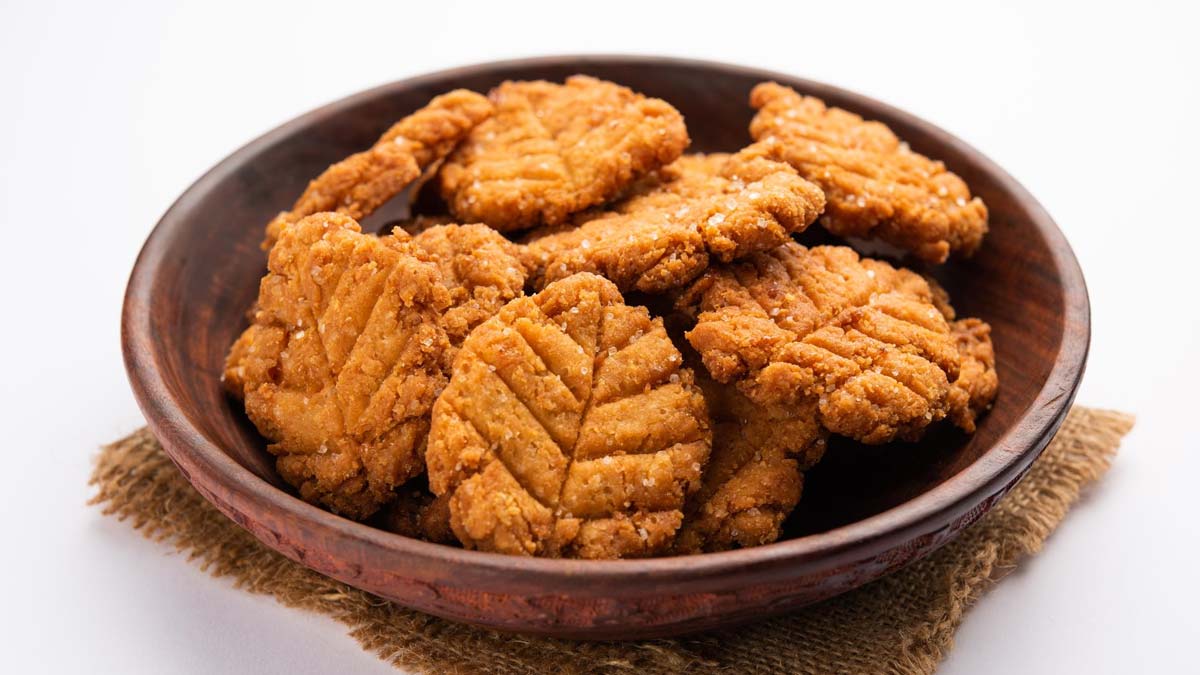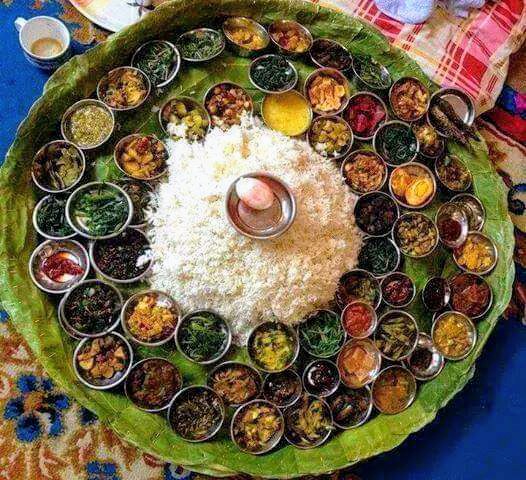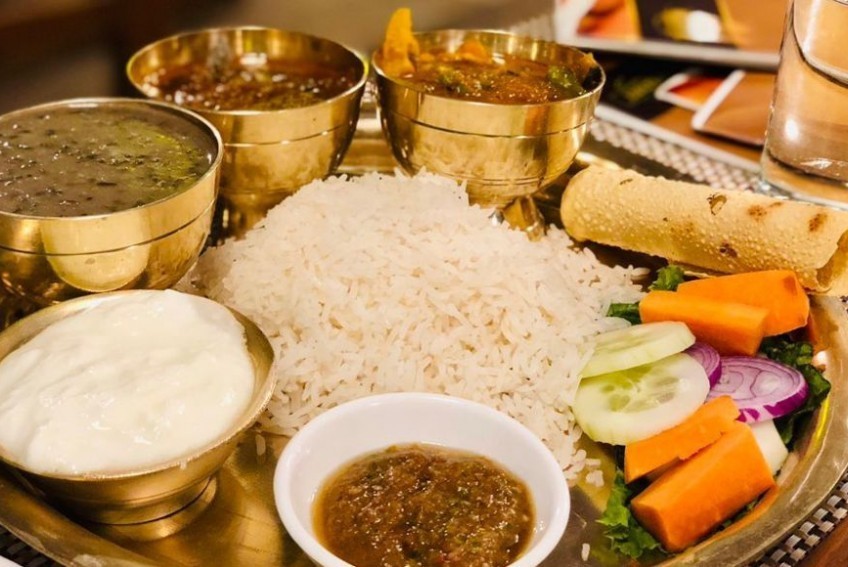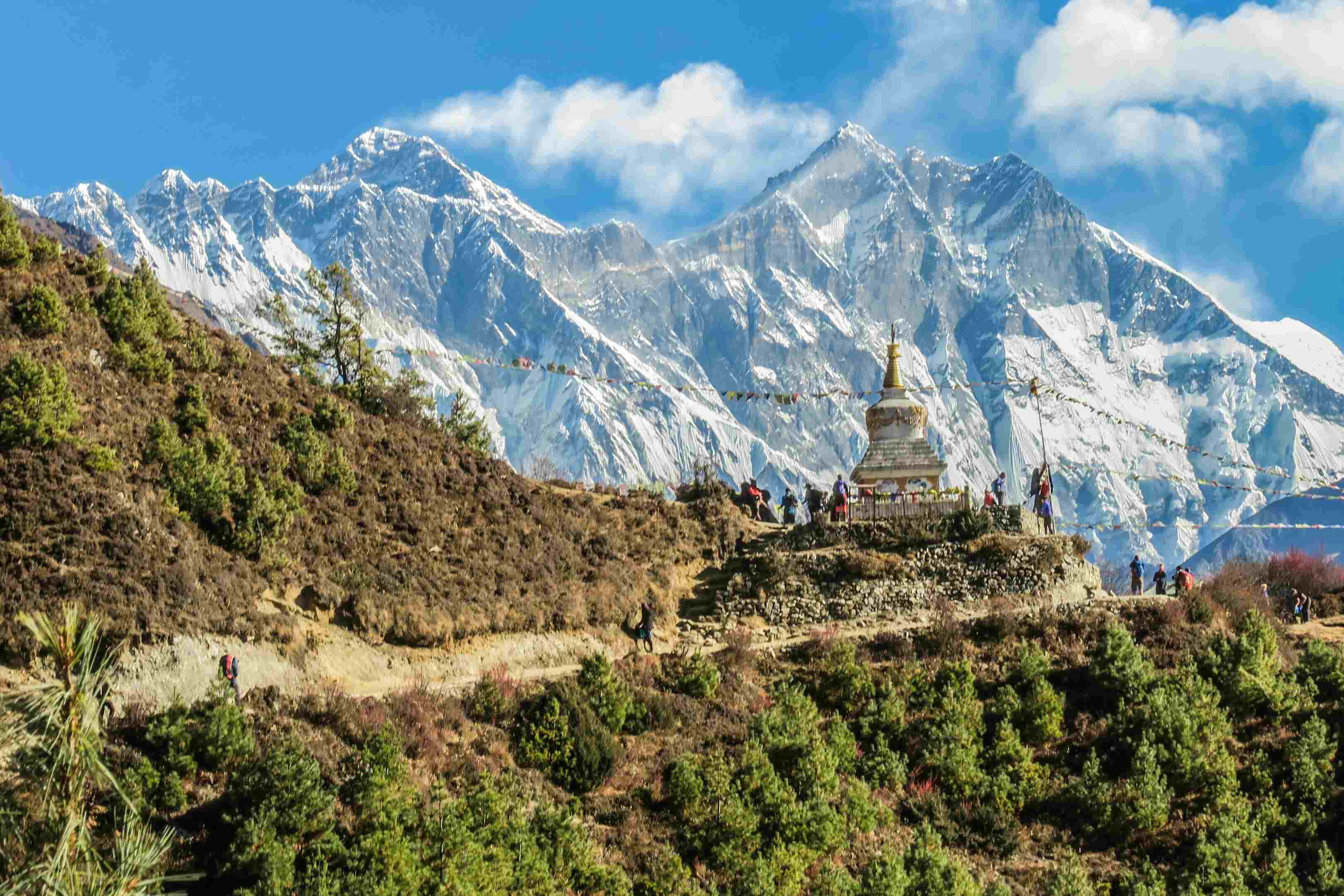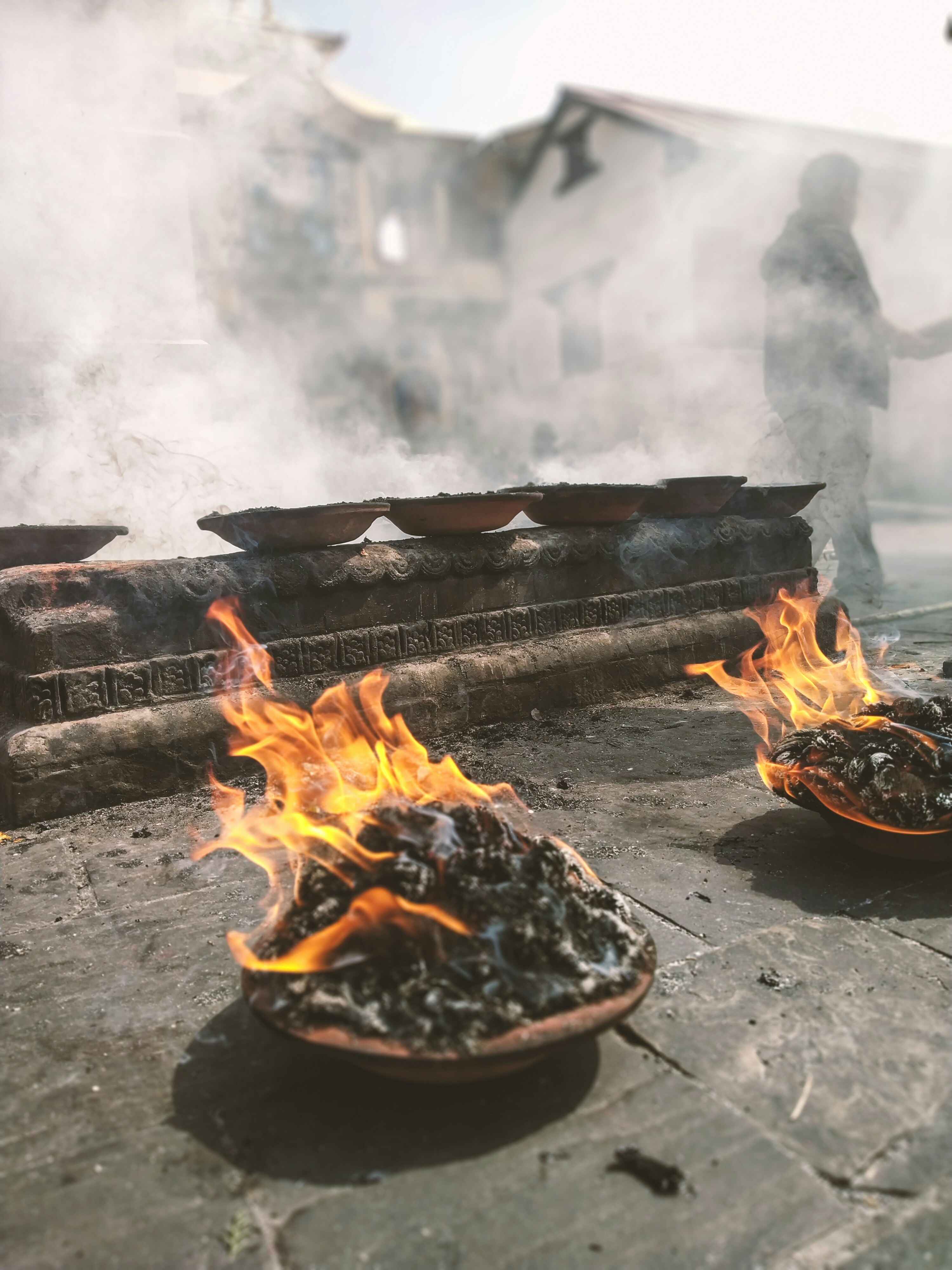Share this Article
The Terai region of Nepal is renowned for its agricultural abundance and vibrant food culture, where traditional dishes hold both nutritional and cultural significance. One such beloved treat is Thekuwa, a sweet snack that has been cherished by generations known for its simplicity, flavor and ability to bring people together. Thekuwa is not just a dessert, but a symbol of the region's culinary heritage. This article delves into the origins, preparation, consumption and cultural significance of Thekuwa, a dish that continues to be widely enjoyed across the Terai region.
Preparation of Thekuwa
The preparation of Thekuwa is relatively straightforward, making it a popular dish for home cooks and street vendors alike. The base ingredients include wheat flour, sugar (or jaggery) and ghee (clarified butter), which are mixed together to form a dough. The dough is then kneaded until it becomes smooth and pliable.
The key to making Thekuwa is in the shaping and frying process. The dough is rolled into small balls or discs and then flattened into round or oval shapes. These shapes are often decorated with small impressions or designs, adding to the dish’s visual appeal. The pieces are then deep fried in hot ghee or oil until golden brown, giving them a crispy exterior.
One of the distinctive features of Thekuwa is the addition of fennel seeds(saunf), which are often mixed into the dough or sprinkled on top of the pieces before frying. The fennel seeds add a delightful crunch and a nutty flavor that compliments the sweetness of the dish. In some variations, other ingredients like cardamom or coconut may be added to enhance the flavor and aroma.
Consumption of Thekuwa
Thekuwa is primarily consumed as a snack or dessert, enjoyed by people of all ages. It is commonly served during festivals, special occasions and social gatherings, making it a festive food that brings people together. In the Terai region, it is common to see Thekuwa being prepared and shared during celebrations like Dashain, Tihar and Holi.
The dish is often enjoyed with a cup of tea or milk, making it a perfect accompaniment for afternoon snacks or casual get-togethers. It is also offered to guests as a gesture of hospitality, showcasing the warmth and generosity of the people of the Terai region whether it is served on a festive day or as a regular snack at home, Thekuwa holds a special place in the hearts of many.
In rural areas, where large families often come together to celebrate, Thekuwa is made in large quantities to be shared among friends, relatives and neighbors. The preparation of the dish is often a communal activity, with family members or close knit communities gathering to make the treat together, reinforcing the social bonds that are central to the Terai way of life.
The Nutritional Value of Thekuwa
Though Thekuwa is a sweet treat, it offers several nutritional benefits due to its key ingredients. Wheat flour, the primary component of Thekuwa, is a good source of carbohydrates, providing energy for daily activities. Ghee, used in the frying process, offers a rich flavor and provides healthy fats. It is also believed to have digestive benefits and is a common ingredient in traditional South Asian cuisine.
The inclusion of fennel seeds in Thekuwa is particularly beneficial. Fennel seeds are packed with essential minerals like potassium, calcium, magnesium, iron, manganese and selenium believed to aid in digestion and relieve bloating and acidity. , all of which contribute to overall health. They are also rich in antioxidants and healthy fats, which help promote heart health and prevent inflammation.
However, due to the sugar or jaggery syrup coating, Thekuwa can be calorie-dense, and it is important to consume it in moderation. While it offers several health benefits, it is still considered a treat or snack and should be enjoyed as part of a balanced diet.
Cultural Significance of Thekuwa
In the Terai region, food is much more than just sustenance; it plays a key role in cultural traditions and social gatherings. Thekuwa, with its rich flavor and significance in celebrations, is a representation of the region’s values and way of life. The process of making and sharing Thekuwa is deeply intertwined with community life, as families and neighbors often come together to prepare the dish during festivals or other special occasions.
For many, Thekuwa evokes feelings of nostalgia and tradition, reminding them of family gatherings, festivals and the sense of togetherness that is so integral to life in the Terai. In this sense, the dish serves not only as a treat but also as a means of preserving cultural identity and reinforcing social bonds.
Moreover, Thekuwa has become symbolic of hospitality in the region offering it to guests during festivals or social events is a sign of respect and goodwill, reflecting the importance of community and sharing. The dish is often prepared in large quantities, highlighting the Terai people's generosity and the value placed on family and relationships.
Conclusion
Thekuwa is a traditional sweet treat that reflects the culinary traditions and cultural values of the Terai region. Its rich flavor, simple preparation and ability to bring people together make it an enduring part of the region's food culture whether prepared for a festival, family gathering or as a regular snack, Thekuwa continues to be a beloved food that holds a special place in the hearts of the people of the Terai. As the dish evolves with modern variations, it remains a symbol of the Terai people's hospitality, generosity and their deep connection to their culinary heritage.
Categories:
Food & Drink
Tags:
ThekuwaChronicles
,
TeraiBites
,
SweetTraditionNepal
,
TasteOfTheTerai
,
CrunchOfCulture

